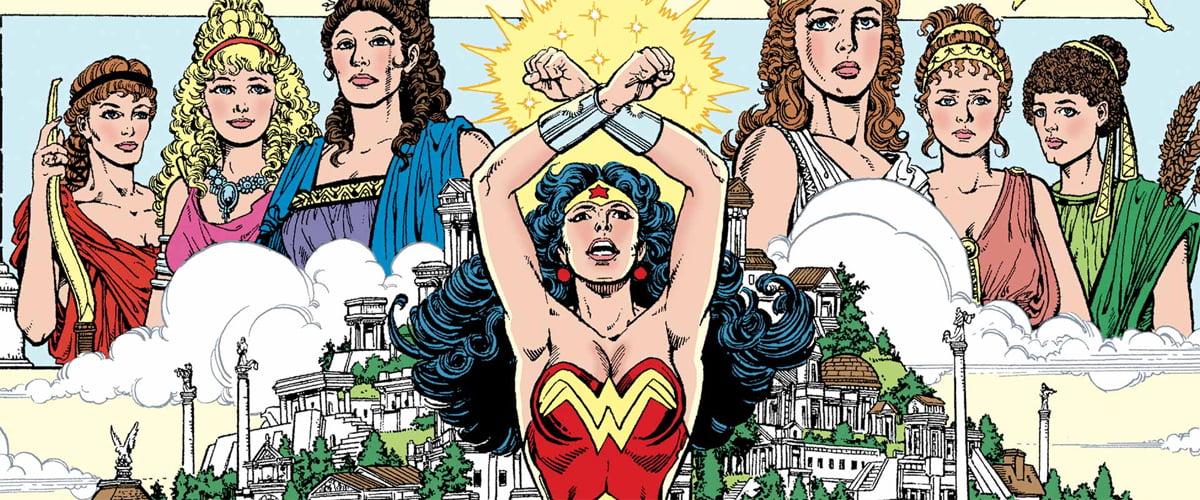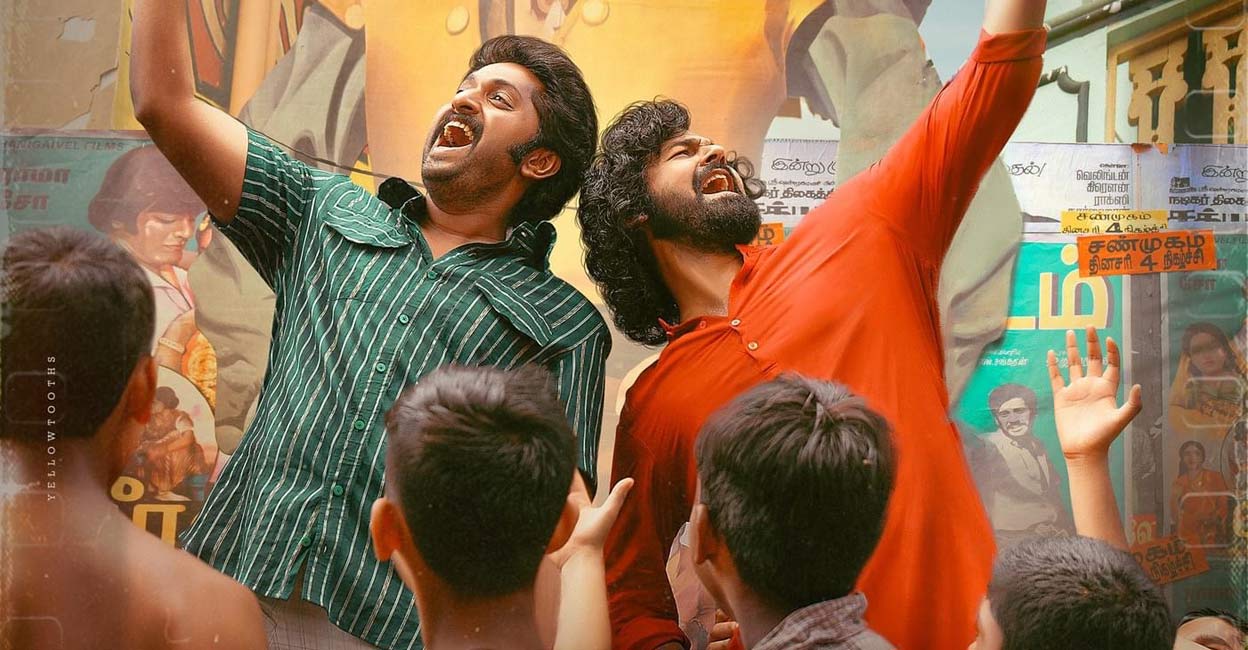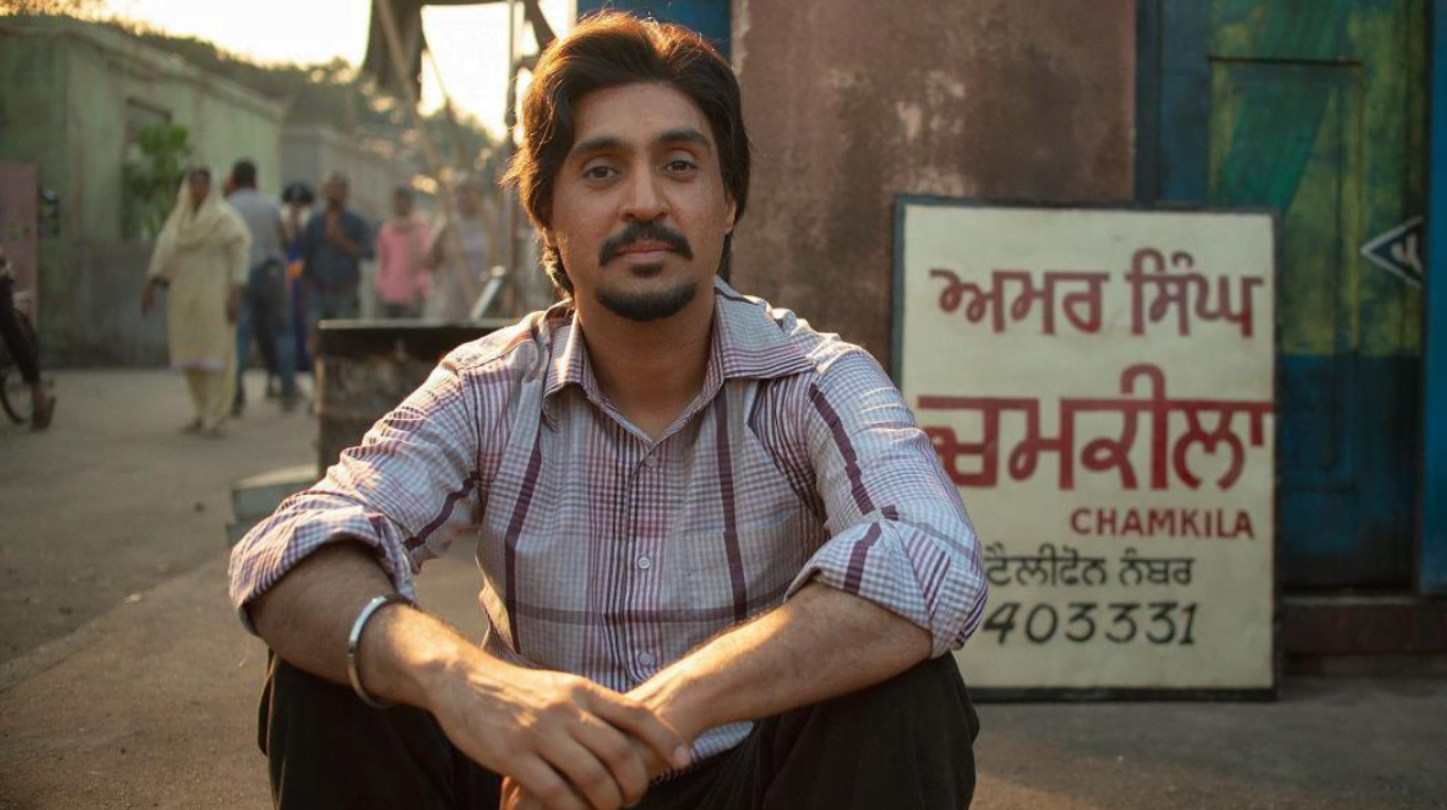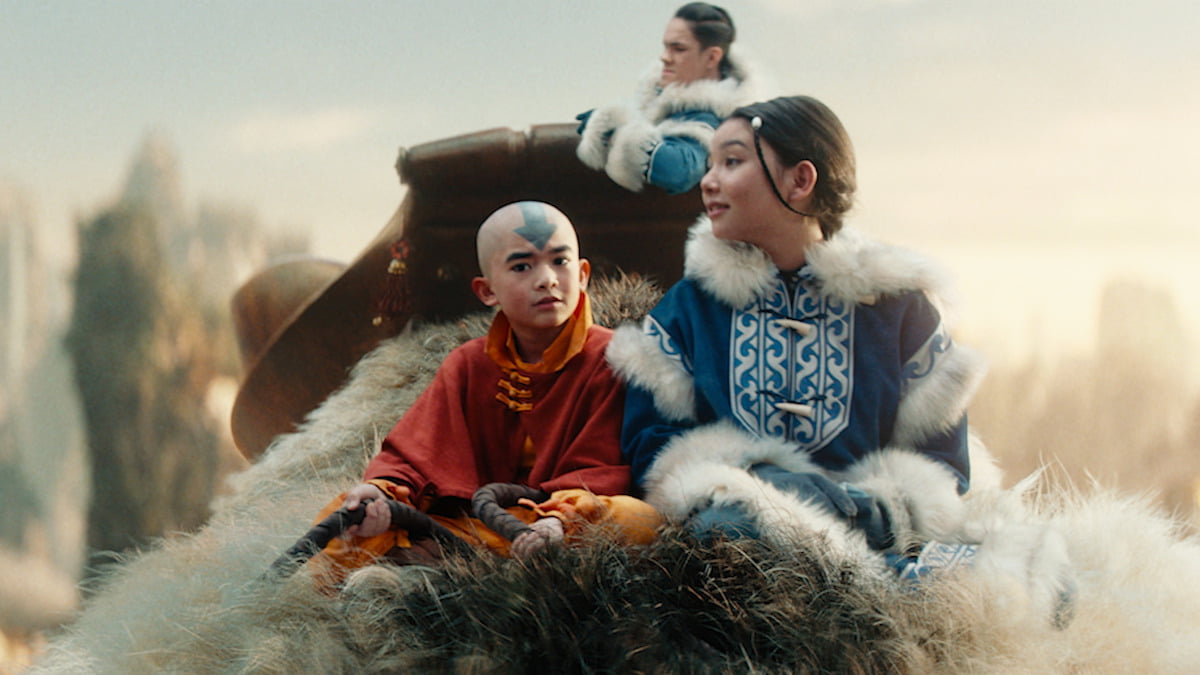The popular Amazon princess of the DC Comics, Wonder Woman, has quite an interesting origin story that, unfortunately, has been subjected to erasure and invisibility owing to its non-normative roots. The comic book’s origin story is inspired by a race of warrior women called Amazons in the archives of Greek mythology. Wonder Woman is an Amazon with special abilities who was born and raised on Paradise Island. Although heavily mainstreamed and popularized today, the history of the character’s origins remains purposefully archived.
Wonder Woman was brought to life by Professor William Marston, a Harvard-trained psychologist, who introduced the character for the first time in 1942 for All-Star Comics. Marston heavily theorized on Domination and Submission under his DISC theory; the model advocated for dramatic forms of BDSM and also for polyamorous relationships and homosexuality. Marston’s radical ideas and pioneering theories drew a lot of criticism at a time when alternative sexualities and sexual practices were pathologized in psychology. In fact, it wasn’t until 2010 that the American Psychological Association de-pathologized BDSM, fetishism, and crossdressing in the Diagnostic and Statistical Manual.
Image source: DC Comics
In his early issues of Wonder Woman, Marston was never covert in including fight tactics, torture techniques, and games involving binding, tying up, and spanking. Paradise Island was residence to a population of all-female Amazon warriors; the early comic imagery is full of homoerotic subtext with Amazons tying each other up with tight ropes and chains. Children’s comic book issues were filled with images of bondage and kink. Themes and motifs of female domination earned feminist brownie points and started larger conversations around sex kinks in a positive light. Early costume designs for Wonder Woman were similar to burlesque-like striptease costumes with tight fitted outfits and a strong sexual appeal, although the possible sexual innuendo was made invisible by painting the costume in the colours of the American Flag.
In his early issues of Wonder Woman, Marston was never covert in including fight tactics, torture techniques, and games involving binding, tying up, and spanking. Paradise Island was residence to a population of all-female Amazon warriors; the early comic imagery is full of homoerotic subtext with Amazons tying each other up with tight ropes and chains. Children’s comic book issues were filled with images of bondage and kink.
While it is difficult to ignore how much of Wonder Woman’s character design stems from BDSM culture, it is important to note here that the character’s sexual appeal and imagery should not be misread as objectification. Marston tried to advocate for positive sexual practices and that women could take control of their own desires and wants. In fact, in his various attempts to combat the criticisms, Martson referred to the comic books as “educational” for young women.
A closer look into Prof. Marston’s personal life reveals that apart from being a staunch feminist, he was heavily influenced by the suffragette and the feminist movements related to bodily autonomy of the 1910s. A revisitation of the popular comic book character reveals that early depictions took the form of radical political commentary and were inspired by first-wave feminist movements. Wonder Woman was often depicted breaking chains that represent “prejudice,” “prudery,” and “man’s superiority.”
While it is difficult to ignore how much of Wonder Woman’s character design stems from BDSM culture, it is important to note here that the character’s sexual appeal and imagery should not be misread as objectification. Marston tried to advocate for positive sexual practices and that women could take control of their own desires and wants. In fact, in his various attempts to combat the criticisms, Martson referred to the comic books as “educational” for young women.
For over 40 years, Marston lived with his wife and their lover in a polyamorous relationship. The movie Professor Marston and the Wonder Women by Angela Robinson explores bisexuality and desire between the throuple. Marston was heavily inspired by his wife and their partner to create “Wonder Woman.” Making its queer subtext more and more conspicuous, Marston used the phrase “Suffering Sapho!” as one of the early taglines of the character, based on the poems of Sappho of Lesbo.
Also read: A Feminist Reading Of Wonder Woman
Image Source: DC Comics
Post the early demise of Marston in 1947, all culturally subversive themes of the comic were stripped away; feminism and the kink were systematically removed from the issues. Additionally, to fuel a culturally consistent narrative of a female superhero, Wonder Woman was stripped of all of her powers and had acquired massive breasts while advocating for marriage and love. Not to mention the homoerotic appeal was completely removed from the comics, and the character of Wonder Woman was eventually crafted into the heteronormative idea of a good housewife rearing children. What went on was a complete erasure of any possible queer subtext and historical underpinnings from the character’s story arc, the lesser-known homoerotic transgressions in the comics are, to date, invisible.
A closer look into Prof. Marston’s personal life reveals that apart from being a staunch feminist, he was heavily influenced by the suffragette and the feminist movements related to bodily autonomy of the 1910s. A revisitation of the popular comic book character reveals that early depictions took the form of radical political commentary and were inspired by first-wave feminist movements. Wonder Woman was often depicted breaking chains that represent “prejudice,” “prudery,” and “man’s superiority.”
What is not surprising is the queer erasure that takes place nearly in every form of mass and popular media. Queer bodies and works of queer artists have been sidelined through history and straight-washed to create images that are more likely to be consumed by a conservative heterosexual audience. Early issues of Wonder Woman were evaluated to be an obvious threat not only to the mass conservative mainstream audience in America but to the heteronormative institutions of family and marriage.
Image source: CBLDF
Similarly, Ayo’s character in Marvel’s Black Panther was stripped of any indications of homoerotic subtext by erasing the possibility of a possible lesbian relationship. Ayo has been shown in the comics to be engaged with a woman making her potentially Marvel cinematic universe’s first lesbian character.
Post the early demise of Marston in 1947, all culturally subversive themes of the comic were stripped away; feminism and the kink were systematically removed from the issues. Additionally, to fuel a culturally consistent narrative of a female superhero, Wonder Woman was stripped of all of her powers and had acquired massive breasts while advocating for marriage and love. Not to mention the homoerotic appeal was completely removed from the comics, and the character of Wonder Woman was eventually crafted into the heteronormative idea of a good housewife rearing children.
Also read: Wonder Woman And The Refreshing Absence Of The Male Gaze
Queer representation has always been sidelined from mainstream superhero narratives, but there have been recent representational advances. The standalone MCU series Loki confirmed its protagonist’s bisexuality, making “Loki” Marvel’s first queer lead character. Another openly gay character from Marvel’s Cinematic Universe is Phaistos from Eternals. The queer representation project has just started to spread its wings into the superhero and comic book genre. Although a lot of characters indulge in playful tropes of homoeroticism and queer baiting such as in Captain America: The Winter Soldier, explicit queer representation is gradually on the rise, and there is hope to see more nuanced and multifaceted queer superheroes in the future.
Manan (he/him) is a research assistant in the Department of Psychology at Nolmë Labs, an academic research and science communication organization in Mumbai, India. Manan is an aspiring mental health practitioner and researcher in the field of psychology and counselling. His research interests include popular culture and minority politics. He can be found on LinkedIn or Instagram.
Featured Image Source: Literary Hub




